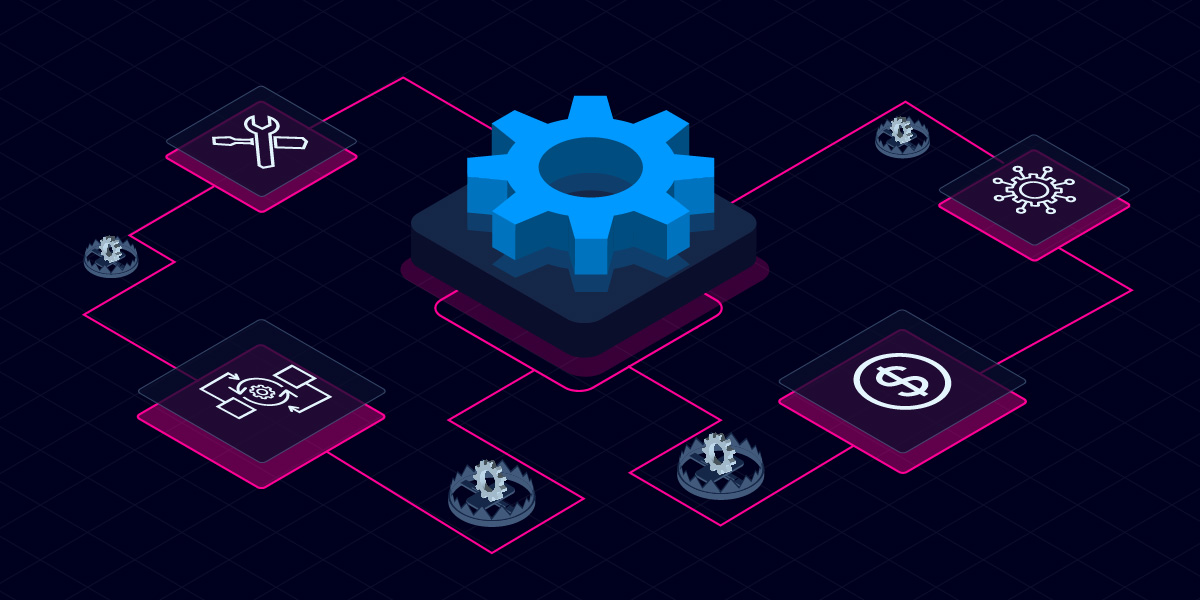Network automation is no longer a “nice-to-have” — it’s a necessity in today’s fast-paced digital landscape. But here’s the thing: simply automating your existing network processes doesn’t guarantee business success. Many organizations invest in automation technologies expecting immediate returns, only to find that without alignment to clear business objectives, those efforts fall flat. Efforts are siloed, teams struggle with adoption, and use cases don’t deliver the desired business benefits.
So, how do you ensure your automation initiatives drive real business value?
The Automation Trap
Too often, teams fall into the trap of automating for automation’s sake without seeing the bigger picture. IT teams usually start by focusing on reducing manual tasks, writing automations to deliver changes more quickly. But these technical wins don’t always translate into measurable business outcomes. To increase revenue, accelerate time-to-market, and improve customer satisfaction, the use cases teams prioritize should align with business goals and measurable results.
Aligning Automation with Business Strategy
To unlock the full potential of network automation, organizations must shift their focus from purely technical objectives to business-aligned outcomes. This means starting with questions like:
- How can automation reduce operational costs and improve profitability?
- Can automation help us deliver new products or services faster?
- How does automation improve compliance and reduce risk?
By framing automation initiatives around these strategic goals, IT becomes a driver of business growth rather than just a support function. Organizations should bring together stakeholders from multiple groups and ensure any automation efforts align with the real, measurable results leaders want to see.
Building a Metrics-Driven Automation Strategy: What Leaders Need to Know
Once you’ve aligned your automation efforts with business goals, the next step is to measure their impact effectively. Metrics are the bridge between technical execution and business success, but choosing the right ones is key.
Key Steps to Align Automation with Business Goals & Metrics
1. Define Clear Business Objectives: Work with stakeholders across departments to identify what success looks like beyond IT metrics. Are you aiming to reduce costs, enhance customer experience, or accelerate innovation?
2. Select the Right Metrics: Choose KPIs that bridge the gap between IT performance and business outcomes. For example:
- Instead of just tracking network uptime, measure how downtime impacts revenue or customer retention.
- Move beyond task completion rates to measure time-to-market improvements for new products or services.
- Consider compliance-related metrics, such as the reduction in audit failures due to automated processes.
3. Foster Collaboration Between IT & Business Teams: Ensure regular communication and alignment between technical teams and business leaders. This helps prioritize automation projects that have the highest impact on organizational goals.
4. Continuously Evaluate & Adjust: Business goals evolve, and so should your automation strategy. Regularly assess whether your automation efforts are meeting the intended outcomes and be ready to pivot when necessary.
The ROI of Business-Aligned Network Automation
When network automation is aligned with business strategy and measured effectively, the results go beyond domain-level efficiency, and organizations can achieve transformative results:
- Faster Time-to-Market: Streamline product development cycles and outpace competitors.
- Improved Customer Satisfaction: Deliver more reliable and responsive services, leading to higher retention rates.
- Cost Reductions & Profitability: Reduce operational expenses while freeing up resources for strategic initiatives.
- Risk Mitigation: Ensure compliance and reduce vulnerabilities through consistent, automated processes.
Many leaders still view IT as a cost center, but automation — when aligned and measured correctly — can transform it into a growth driver. By tying automation efforts to revenue growth, customer retention, and market agility, organizations can:
- Unlock New Revenue Streams: Enable faster product launches and innovative services.
- Enhance Operational Resilience: Minimize downtime and ensure business continuity.
- Support Strategic Growth: Scale operations without a proportional increase in resources.
Looking for some inspiration? Hear real-world stories from Itential customers who are achieving results with business-centric outcomes here.
Automation alone isn’t enough. Without the right strategy, teams will only be able to consider their own narrow view when they choose which automation goals to prioritize. To truly unlock automation’s potential, it must be aligned with your organization’s broader business goals and measured through the right metrics.
Want to learn how to align your automation initiatives with business value? See our new guide, Aligning Automation to Business Value: A Framework for Metrics-Driven Impact, to get started.





